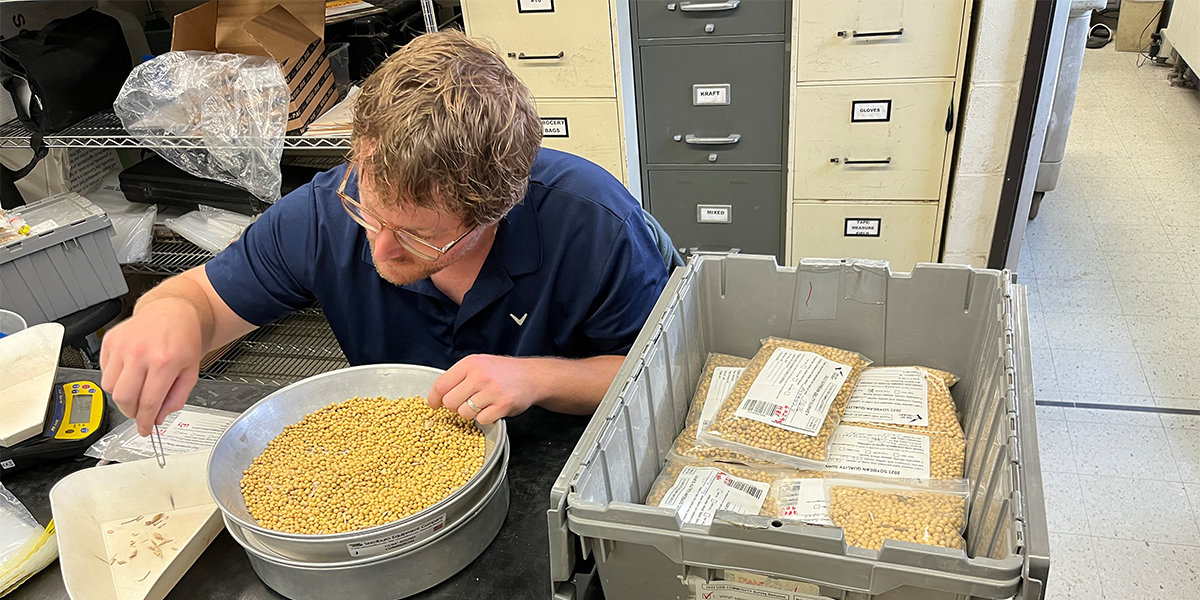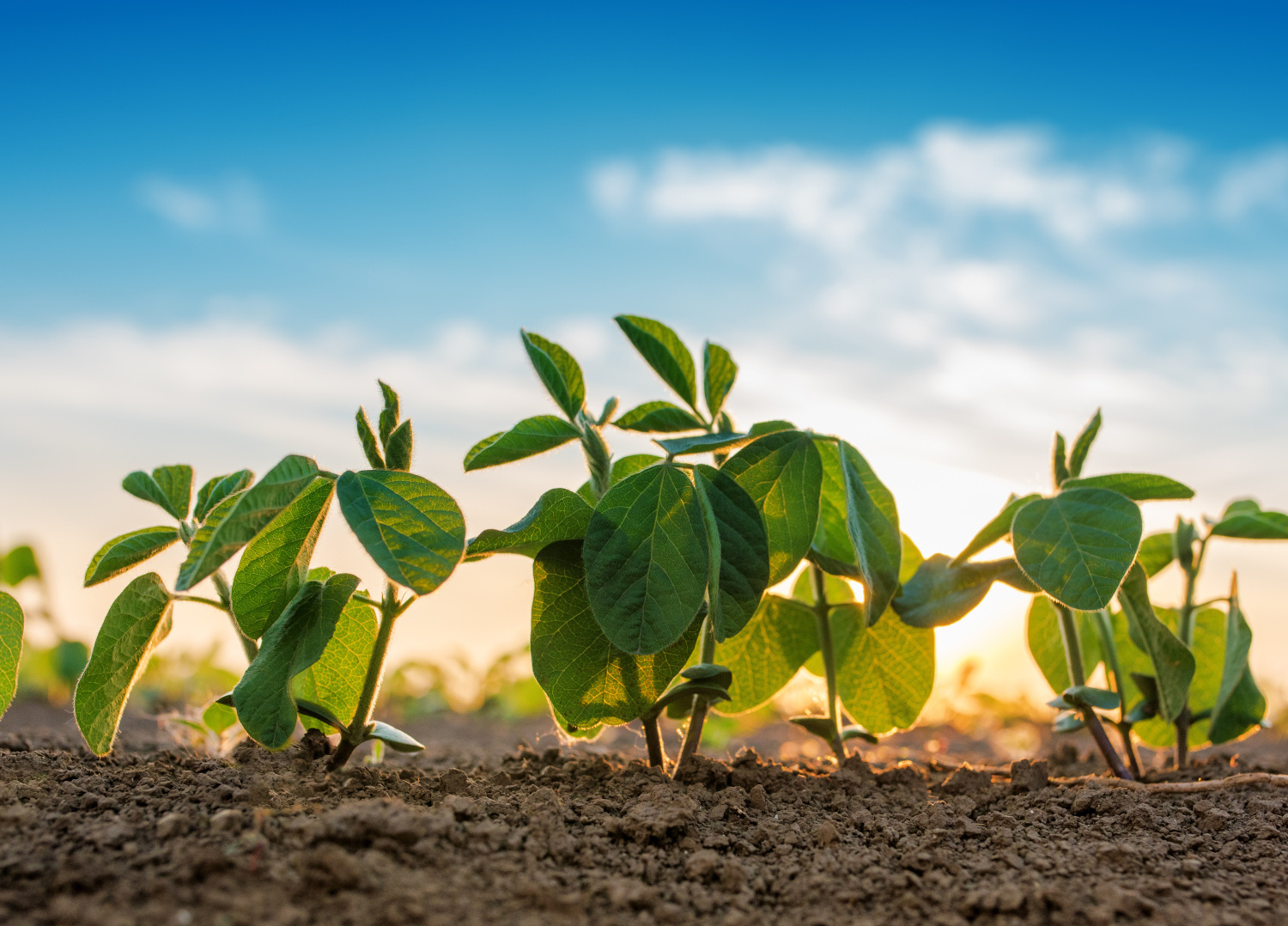
By Dr. Seth Naeve, University of Minnesota
Since 1986, American soybean farmers have supported the Annual Soybean Quality Survey, which documents their efforts to produce some of the best soybeans in the world. Dr. Seth Naeve’s lab at the University of Minnesota has conducted this survey since 2006.
Every fall, soybean growers are asked to supply a two-pound sample, which are sent to Naeve’s lab. Each sample undergoes multiple analyses to carefully evaluate the physical and chemical composition. The results are presented to North Asian buyers in November, but the findings are used throughout the year to support various marketing programs, including Northern Soy Marketing’s (NSM) mission to “increase the profitability of soybean producers in the U.S.”
Results of this survey help benchmark U.S. soybean composition, demonstrating the value of U.S. soybeans to international purchasers and helping American farmers produce better quality soybeans for soybean processors and end-users.
If you’re interested in participating in this survey in 2024, please email Naeve directly at naeve002@umn.edu

As farmers begin to harvest their crop, they pull a 2-pound sample from their combine, provide a small bit of information about the sample and send it to Naeve in a paid postage envelope.

Each sample is carefully evaluated for foreign material (FM). Foreign material in soybeans greatly diminishes their value. Naeve’s lab has found that U.S. farmers produce exceptionally clean soybeans. Average values for FM at harvest are 0.2%. The FM from each sample is then examined for weed seed, where each species of weed is identified and quantified in each sample.

In order to evaluate samples for trace or secondary constituents like amino acids and fatty acids, samples are ground before evaluation.

Samples pass through an NIR (near infrared spectroscopy) instrument that predicts important constituents in each sample.

The operator can see predicted quality values for each sample. This data is simultaneously dropped into a database for analysis. The NIR calibrations are validated within each harvest season and each soybean sample is passed through a second NIR platform to confirm each sample’s prediction.
Samples are tested for moisture, and seed size as well.


